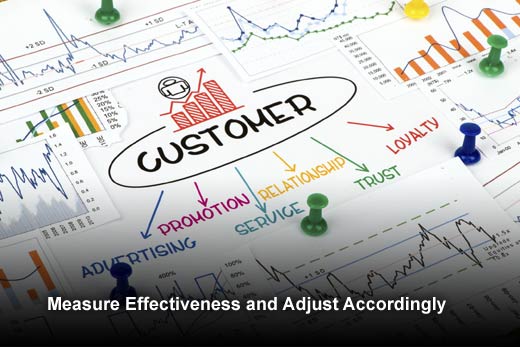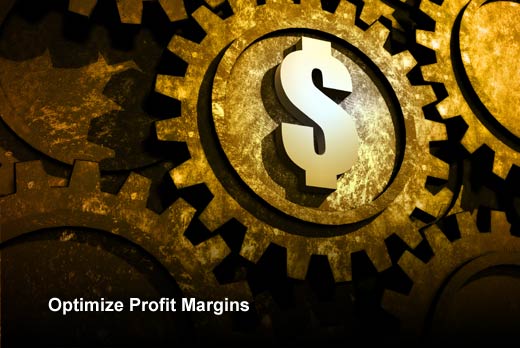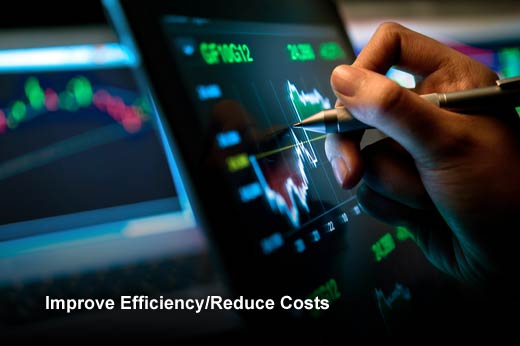In today’s competitive landscape, it’s no surprise that retailers are struggling to attract consumers – both online and in-store. In fact, BDO analysis found that 92 percent of companies noted risks related to U.S. growth and expansion, up from 56 percent in 2013. The brands that are attracting and retaining customers successfully are leveraging data to better target consumers.
However, data can be a very complex issue for retailers, as they’re not just pulling from large datasets, they’re also pulling from multiple sources. Consider all of the channels that go into a retail campaign: marketing funnel, social channels, customer data, lead generation data and so on. To manage campaigns effectively, retailers need to see the whole picture and know what data from which channels is most impacting their campaigns.
In this slideshow, Sisense VP of Product, Jeremy Sokolic, highlights how retailers can drive the most valuable insight and propel their business forward.
Driving Valuable Business Insights
Click through for five ways retailers can best leverage data analytics and propel their business forward, as identified by Jeremy Sokolic, vice president of product, Sisense.
Capture Consumer Interest
Retailers must be nimble in their approach to understanding the needs and wants of the consumer and more specifically, their buying patterns. Buying patterns are continually shifting, particularly with the increase of mobile search capabilities and new technologies that allow the consumer to research products prior to buying. For example, a big-box electronics retailer may use business intelligence software to analyze a shift in consumer buying behavior toward wearable fitness technology. Armed with this insight, in-store promotions and inventory orders can be re-adjusted to stock up on the product category. Agile technology is critical here to analyze patterns in real time, allowing the retailer to adjust purchase orders within hours or days of any noticeable shift in consumer demand, rather than months.
Target Key Demographics
Data analytics can provide a huge advantage to retailers looking to remain competitive in today’s market, particularly as more consumers shift to online shopping and crave more seamless omni-channel experiences. A recent survey of U.S. retailers by 101data revealed that respondents categorized Big Data initiatives as “important” (38 percent), followed by “very important” (35 percent). A major component of targeting requires insight into how to serve promotions to specific groups. The same survey showed that 50 percent of respondents believe targeted offers and promotions would be the process with the biggest impact on customers. For example, a woman’s clothing retailer can use insights to shift their promotions based on specific groups, e.g.. moms, teens, and pregnant women. The targeting of these specific groups can be based on certain points during the day, when the targeted group – such as moms – is more likely to be online, in order to capture their attention with promotions that are most impactful for the specific micro-segment.
Measure Effectiveness and Adjust Accordingly
Retail campaigns must be measured for their effectiveness. The importance of data analytics when looking to gain insight into a campaign is critical. In fact, the ability to adjust a campaign based on data insight can result in millions of dollars saved by the retailer. A retailer looking to target millennials, for example, needs to be able to quickly analyze data from several sources, including mobile, to evaluate the impact of a campaign, and then use that insight to fuel future promotions or offerings that are personalized to the specific demographic.
Optimize Profit Margins
Optimize profit margins by forecasting demand and inventory needs.
Forecasting demand and inventory is essential to produce a profit. This begins with the marrying of sales data, promotional data, as well as results from digital ad words. Being able to quickly and efficiently link these components can provide insights in less time than ever before. Insights into this type of data, at this quick pace, could mean the difference between an inventory shortage or overage, and direct sales for your company.
Improve Efficiency/Reduce Costs
Improve operational efficiency or reduce costs and maximize profitability.
Retailers can optimize operational efficiency by implementing a data analytics strategy to visualize and manage data across numerous suppliers and vendors. For example, a company may want to compare information from a large quantity of subcontractors, but can only examine a small subset with manual, human efforts using Excel functions. When implementing a comprehensive data analytics software and strategy, a company has the ability to analyze information from all subcontractors at once and determine which supplier meets their needs, based on a complete picture of the supply-chain. With the capabilities in place to consume data insights and optimize results accordingly, you ensure you’re getting the best combination of delivery, price, speed and fulfillment.








